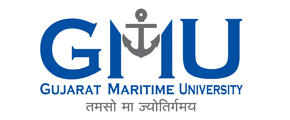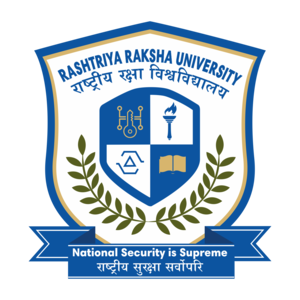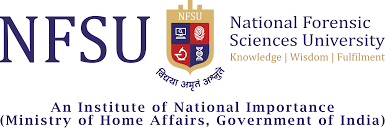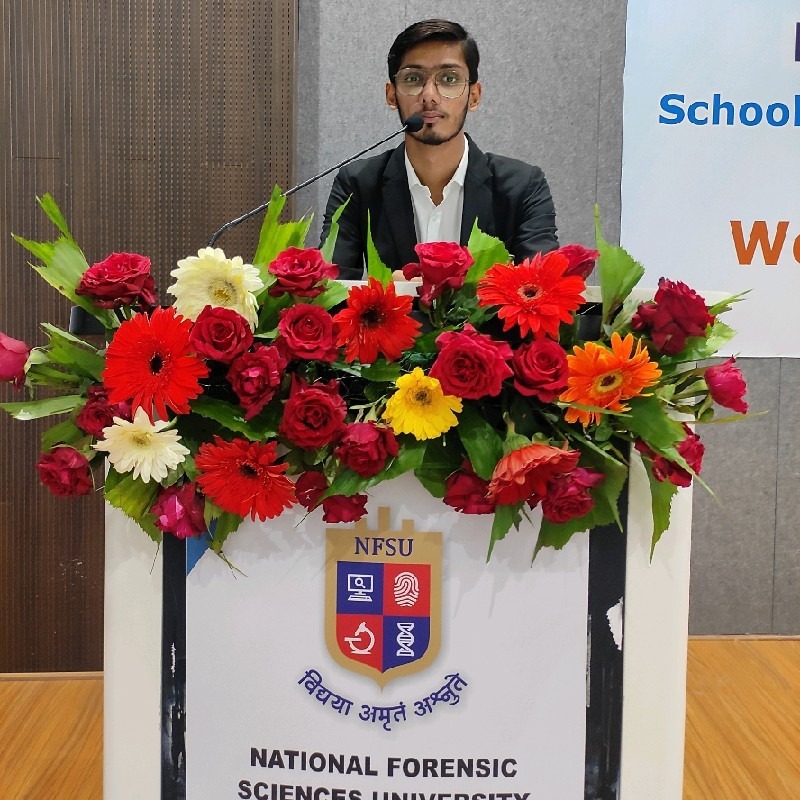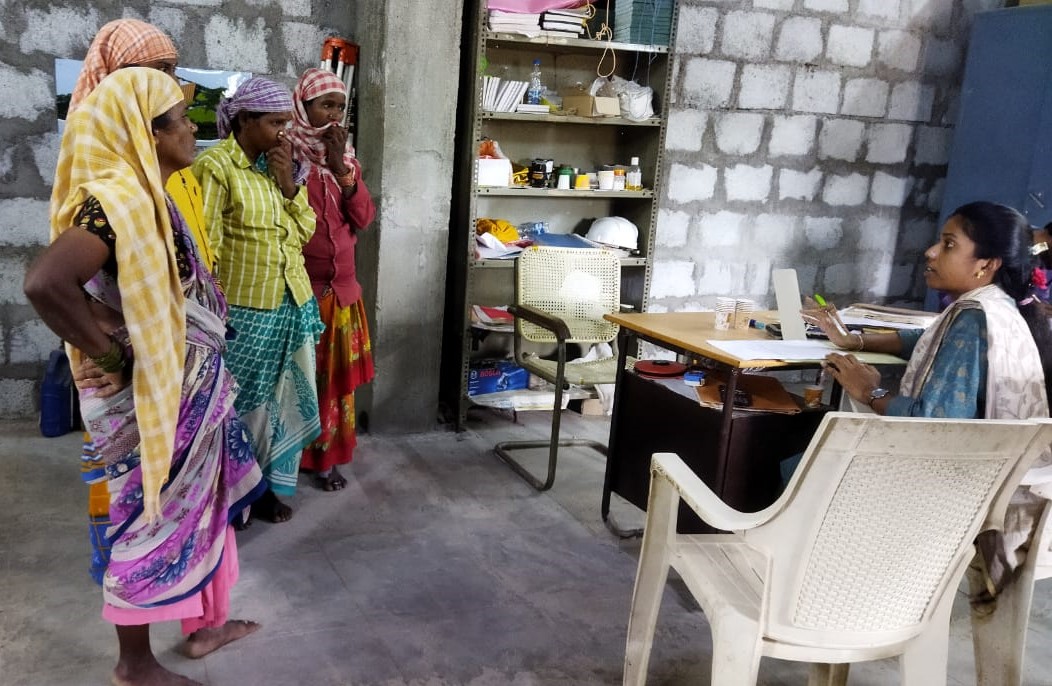Courting The People : The Rise of Public Interest Litigation in Post-Emergency India (Book Review)
- Ayushi Mishra (Campus Ambassador)
- March 1, 2017
Content :
The book has been written by a young mind Mr Anuj Bhuwania, a professor in the department of Sociology at South Asian University, New Delhi. The book, published by Cambridge University press, provides how the PIL became the basis of power of the Judiciary in India and how it became ubiquitous. In the opening post I will be talking about the theme of the book and later how this book has given an entirely fresh perspective to Public Interest Litigation.
Over the last three decades, the Indian judicial system has emerged with the jurisprudence of PIL and the highest court of appeal in India, that is, Supreme Court of India has acquired an increasingly important role in India’s public discloser. During Indira Gandhi’s emergency period, PIL was emerged out of the contribution of Supreme Court to make up for its constitutional abdication. PIL began as a democratic exercise in the early 1980’s, headed by pioneering and visionary judges, to make justice accessible to all the classes of Indian society, to the poorest and marginalised.
This book tells the practical role played by Supreme Court in making justice more accessible and introducing PIL for ‘the people’. In the late 1990’s, the political arena and the corrupted political executives influenced the neoliberal Supreme Court to be drives away from the PIL’s original objectives, and began to cater a permanently outraged urban middle class, considering the issues like pollution, forest management, globalisation etc. Then, later in 2000’s, finally the court decided to focus on ‘good governance’, moving more far from the philosophy of late 1980’s.
A legal survey, an empirical research and the study conducted by Bhuwania shows how the PIL grants the appellate court enormous flexibility in making themselves into the highest authoritative position. It focuses on PIL in the recent times taking the example of the city Delhi, and explains the role that PIL has played in reconfiguration of the city. He also talked about the famous Sheela Barse case (in mid-1980’s) which was about the reforms of prison, and how she wanted to withdraw the PIL but the court does not allowed her to do so and went on with the case. Later, in 1990’s the court itself accelerates the proceedings without the existence of public interest petitioner.
Although the writer doesn’t give any further argument on this as the reason for this is obvious. PIL has become a mechanism for those people who cannot move to the court on their own, whether due to poverty or due to personal restrain, to seek justice from the Court, which means the public interest petitioner is the only mediator between the court and the people whose interests are central to the litigation.
In the book the writer shows that how public interest petitioner becomes an amicus curae(friend of court) who is often a senior, a well-established lawyer. The sites an example in this context, which is of a forest case, one of the Supreme Court’s largest PIL’s. At the hearing of this case, the indigenous person who was directly interested in the outcome of the PIL, was not allowed to make arguments, instead he was told that the interests of the all the people including indigenous person would be taken care by the petitioner or the amicus.
The writer took an example of various PIL cases filled in Supreme Court as well as High Court which made the readers to understand clearly that the PIL is driven away by the amicus, who becomes a clearing house for interlocutory applications. PIL was introduced by the Supreme Court that is the apex court of our country to make justice access to each and every part of the country. The introduction of PIL gave an extraordinary power to the judicial system of India for making decisions on several major topics related to the people of the country.
The writer further has also mentioned that the number of people interesting and filling the petitions not all people are heard by the court. In the beginning of the book itself he mentioned an incident where a writ petition was allowed for the slum demolition.
The harsh truth in the way of PIL is that there are around thousands of PIL’s which are been filled on the daily basis in different courts of India and the judges of those courts deny to even listen the affected people on that particular PIL. Not denying the fact that there are approximate thousands of PIL filled in the country’s different courts on the daily basis, the number of judges to the number of people are very less due to which not only in the case of PIL’s but also in all other cases people are left being unheard which is not justiciable. Supreme Court being the apex court of the country came out with the solution of PIL so that justice can be given to poor and marginalised people, but does the present scenario is fulfilling the aim of the PIL? Now, considering this situation, the main motive (as stated earlier in the book) of the PIL was to provide justice to each and every people living in the country even to the downtrodden and poor population of the country. But, as stated by the writer, this motive is not being fulfilled by the courts in the country.
By considering all the aspects made by the writer that is, marginalisation of the petitioner, the position of amicus, and lastly not listening to the affected party and totally depending on the amicus, the PIL cannot be considered as democratic or for ‘the people’ as stated in the book that during 1980’s Supreme Court decided to take a step for ‘the people’ and introduced PIL, which gave more power and belief in the judiciary of India. But, considering today’s scenario of the PIL it cannot held as democratic or even as a democratic practice. The PIL was made in the name of the people, as the title of the book justifies this ‘Courting the People’. The writer has specifically mentioned about the situation of the present judicial system and also talked about the elites enjoying all the rights, which is a very open argument that attracts the readers mind.
The refusal to hear the interested parties is accompanied by an eschewal of standard rules of evidence. The writer pointed out that this method of refusing began from one of the landmark case in the history of PIL that is Bandhua Mukti Morcha vs. Union of India. This case was about the exploitation of workers at the stone crushing mill, in which the court appointed a commission to do the enquiry. The defendants denied the reports presented by the commission and said that this report was made ex parte. The CJI rejected the argument and said that the PIL is not ‘adversial’ litigation and is characterised by procedural flexibilities.
Right after two decades, in the case of slum demolition, the Delhi High Court totally refused to hear the factual statements and the arguments. Relating the point, the writer shows that how PIL at different courts has turned out to be a bane by so many interim orders. PIL’s are being predicted as continuing proceedings instead of a final judgement resolving a case, instead the PIL is always on a continuation process by so many interim orders passed by the courts. Hence, the PIL is not considered to be a medium to reach at final judgement instead it is considered as a continuous process (considering what is effective - the pure judicial format).
The combination of all the four factors, impoverished participation and a rejection of evident facts and arguments, yielding outcomes that often have catastrophic consequences. Now, the writer takes one more example of a Delhi Vehicular Pollution Case (a PIL dealing with pollution in Delhi). In this case, Supreme Court passed many interim orders, and what resulted was that all auto rickshaws were owned by drivers himself but after the order of the Supreme Court all the auto rickshaws came under the financiers and all the drivers were converted into the wage labourers. This shows that the move for resolving one aspect may lead to the change in the system as whole.
The writer’s insight however takes us one step further given that the court has decided to adjudicate poly-centric disputes through PIL, one would expect it to allow each and every one to speak, and present etc., but unfortunately the Judiciary is moving on a different way.
Combining all the factors does not only lead to bad results but also to the different understanding of the matters in the court. As the writer clearly points out that in the case of slum demolition, the rhetoric that court says is that ‘public land is being illegally occupied and therefore needs to be cleared.’ What the court is ignoring as the fact (as stated by the writer) that illegal occupation of land is directly attributable to the non-performance of the state agency, the court has completely ignored any systematic analysis in this case by referring previous cases and law made for slum dwellers.
The last pages of the book take us to the main argument of the writer. The conception of ‘bad PIL’, ‘abuses of PIL’, is made possible just because of what PIL made judges to do. PIL gave all the powers to the judges and the judiciary because of which the important aim of the PIL was left behind instead it went on to some other path, exactly opposite to that path which was aimed while introducing it.
Considering all the factors, opinions, discussions, my personal opinion regarding the book and the content therein is very positive. The way the writer has explained the meaning of PIL and all other aspects relating to PIL and the present judicial system also is very straight and easy to understand. As in the first few paragraphs I have already discussed about how the writer started his book by explaining how the Supreme Court took a major step in the judicial history of the country by introducing PIL which completely aimed at providing justice to the people. Moving on further, he discussed that how slowly, due to the excessive power with the judges, made PIL shift from its main aim. Further he talked about how the power of elites, amicus and other factors affected the aim and goal of PIL and PIL started moving in the complete opposite way. Considering all these factors, later he compared it with few landmark cases and judgements of PIL by which he explained that how judiciary is giving the judgements which is not benefiting the poor people, most specifically the example of slum demolition, when the law is made ‘for the people’ it should be exercised equally. Lastly in his book, he argued upon his critical analysis of the society’s situation and how the present Indian Judiciary is acting upon it. The main argument of this book was that, merely introduction of any law like PIL will not amount to justice unless and until it is being used in its true sense, by focusing on the aim and objective for the introduction of that law.
This is a bold and open argument that definitely goes against the judicial and legal perspective. The book has looked into all roads of PIL and has given an insight to its readers as to how the PIL was introduced and how it is currently being seen and understood by the people at large. The writer has clearly stated all the points by including different example cases and landmark judgements which made it very easier to be understood by the reader. The argument put forth at the end of the book was very straight and open which made the book and the perspective of the writer to be easily understood by the readers.
